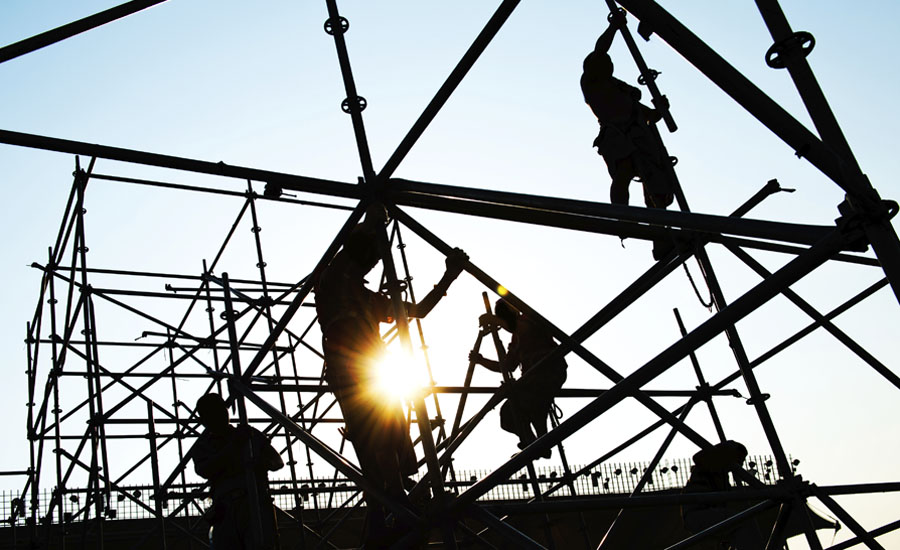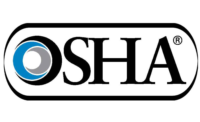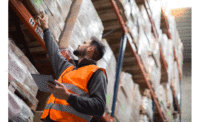OSHA is penalizing a Maine roofing contractor with $1.8 million in fines after a worker's fatal fall on December 13, 2018.
The agency cited owner Shawn Purvis of Purvis Home Improvement Company, Inc. for 17 willful and serious safety violations, including failure to provide fall protection training and exposure to electrocution. Portland, Maine's grand jury also indicted Purvis on April 5, 2019 for manslaughter and workplace manslaughter. If convicted, he will face an additional $50,000 fine and 30 years in prison.
This incident isn't the first time OSHA cited Purvis. Since 2012, the agency has ordered him to pay $44,000 in fines for failing to meet fall safety standards.
In May, the agency inspected the company in response to a complaint and found three employees working on a two-story building with no fall protection. They also cited Purvis for ladder and scaffolding violations at that time. The most recent inspection, in February 2018, resulted in a $24,390 fine, which still awaits payment.
In addition to these willful oversights, OSHA has also cited Purvis for breaches of construction industry standards, including those around ladders, scaffolding, eye protection and exposure to unprotected and energized power lines. Despite these repeated issues, the Better Business Bureau has accredited Purvis since 2003 and given his business an A-plus rating.
Learning from others' mistakes
Purvis' employee accounts for just one of the many fall fatalities that occur every year within the construction industry. Falls are one of OSHA's fatal four hazards, which also include caught in between machinery, being struck by an object and electrocution.
In 2018, falls accounted for 338 of the 1,008 total deaths in construction. OSHA also cited scaffolding, fall protection training, eye and face protection and ladders as some of the top 10 most frequent violations in the 2018 fiscal year, all of which Purvis committed.
While the construction industry is dangerous, companies must begin taking more initiative in protecting workers and taking responsibility for proper worksite training. Roofing falls alone accounted for 34% of the 3,500 fall fatalities between 2003 and 2013. Therefore, roofing contractors, in particular, can learn from Purvis' violations by taking proper precautions. By complying with industry standards, businesses can keep their workers safe and see a decrease in these worrying statistics.
Following safety requirements
Since falls account for such a large portion of workplace fatalities, employers should take responsibility to enforce safety requirements.
Initially, organizations must assess the workplace to determine if walking surfaces have the strength to support the weight of workers. Then, the business owner must decide whether to require fall protection. For roofing contractors, this likely means 100% of the time, since employers must provide protection at heights of six feet or higher.
Generally, this protection includes the use of guardrails, safety nets or personal arrest systems. Ladders and scaffolding must also adequately protect workers by being stable and able to support workers' weight. Depending on the jobsite, workers may need to secure the ladder to eliminate slipping or shifting hazards. Additionally, employers should provide safe access on and off scaffolding platforms and enforce proper eye and face protection.
Of course, ensuring workers are complying with safety standards is often a difficult task. However, it is the employer's responsibility to enforce regulations and ensure every roofer is wearing appropriate gear and taking proper precautions.
If the employer doesn't enforce the rules, they may be caught in the same situation as Purvis, facing exorbitant fines and prison time. It's better to be safe than sorry and comply with fall protection requirements from the beginning.




